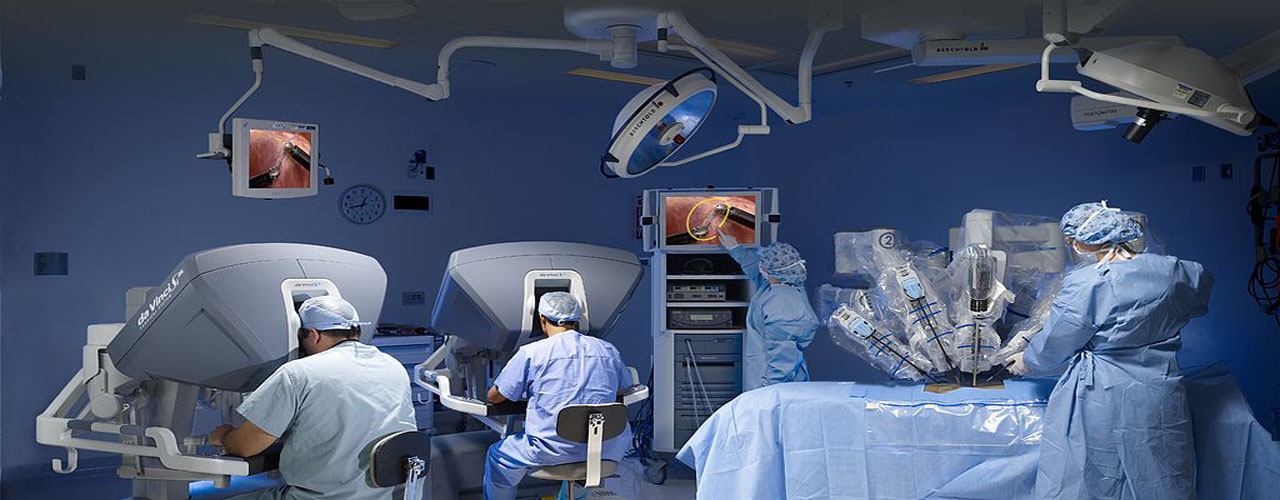DIETI Contact person / Partner: Ettore Napoli
Abstract
Recently it has been demonstrated that specific miRNAs can indicate and characterize a haemorrhagic condition of the patient. Unfortunately, the miRNA detection requires many hours nullifying the stroke minimization actions that are needed within five hours in most patients.Electronic sensing through large area CMOS sensors could be able, starting from a biological fluid of the patient, to detect the miRNA generated fluorescence allowing a significant reduction of time, cost, and difficulty of the diagnosis.The research activity focuses on the development of the algorithms, and the design of the related digital circuitry, for measurement of the minute fluorescence generated on large area CMOS sensors.
Objectives
The research activity aims at designing a lab on chip based on a large area customized CMOS sensor, surrounding circuitry, and human interface for the detection of the miRNA fluorescence signal.The chip should diagnose the haemorrhagic condition exploiting the photoluminescence signal arising from the specific recognition between complementary nucleotides’ sequences and labelling with fluorescent tags as the transduction principle. The extended sensor’s surface will permit to carry out an efficient data integration and to reduce the electronic noise. Dedicated algorithms will be needed to carry out the challenging task of extracting the limited signal from the noisy environment counteracting chip derating, temperature, and chip to chip variability.
Download
No More Available
Already assigned to one doctoral student of cycle XXXV










